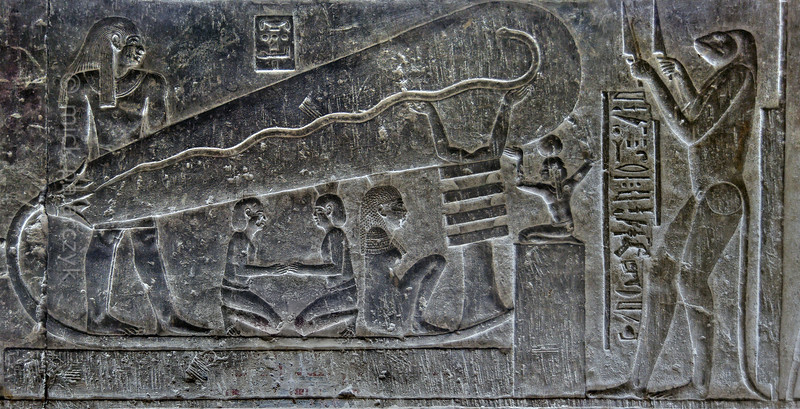Did Ancient Egyptians Have Electricity? And Was The Pyramid Of Giza A Power Plant?

Did Ancient Egyptians Have Electricity? And Was The Pyramid Of Giza A Power Plant?
Curiosity and surprise have been present when trying to figure out how did the ancients in Egypt achieve their artistic and technical perfection in total darkness in the immense underground corridors that are found in countless monuments in different necropoleis throughout Egypt.
Just how did they manage these incredible feasts without a constant light source? That is a question that has been partially answered by archaeologists and historians, but these theories haven’t been accepted by everyone.
An impressive hypothesis has been present when it comes to Ancient Egypt as a growing number of researchers argue that we should no longer accept the popular version of who actually invented electricity.
They argue that electricity was originally discovered in the ancient world and the Egyptian priesthood was the first to harness the power to illuminate their underground tombs and monuments.
Alternative theorists point towards a series of reliefs covering the walls in a dark corner of a crypt in the temple of Hathor at Dendera.
One of these relieves caught the attention of a visitor, a Norwegian engineer who had no doubt that what he actually saw, depicted in the wall of the temple of Dendera was in fact, an ancient light bulb.
This fantastic revelation spread quickly and caught the attention of engineers and researchers alike, and after studying the relief they agreed that the depictions on the walls of the temple of Hathor at Dendera certainly seemed to represent an electric light bulb.
As researchers compared and studied the depictions comparing the different types of bulbs they reached a conclusion: the ancient Egyptians had working light bulbs achieved by what is called “Crookes tubes”.
Officially, a Crookes tube is an early experimental electrical discharge tube, with partial vacuum, invented by English physicist William Crookes and others around 1869-1875, in which cathode rays, streams of electrons, were discovered.
“When the tube [Crookes] is in operation, the beam is created where the power cord enters the cathode tube at the opposite end. In the image of the temple, the electron beam is represented as an extended snake. The tail of the Snake begins where a cable from the power box enters the tube, and the head of the snake touches the opposite end, and in Egyptian art, the serpent was the symbol of divine energy ….” – Chris Dunn, The Giza Power Plant.
To understand why electrical engineers and other researchers were excited by the discovery of the dander bulb, and why they believe that the ancient Egyptians had Crookes tubes, we observe the following images, according to ancient astronaut theorists’ evidence that supports their theories.


According to researchers, the similarities are immense. The Dendera Light Bulb could in fact be a device very similar to what we know today as a Crookes tube.
Proponents of the hypothesis argue that the ancient temples of Egypt and crypts, that have extremely intricate designs of sculptures, reliefs and murals exist where there is no light available. The possibility of the use of lanterns and lamps has been proposed throughout the years, but researchers have failed to find traces of soot.
The Egyptian mirrors could have been a possibility but a very ineffective one as Egyptian mirrors were made of polished copper and would have not been able to reflect light with sufficient intensity to bounce off of seven or eight mirrors to deliver enough light to the underground chambers.
But not only was the mirror an issue, but given the fact that the sun actually moves across the sky, but ancient Egyptians would also have needed to constantly adjust the position of the mirrors to accurately reflect light, making this theory, not an option.